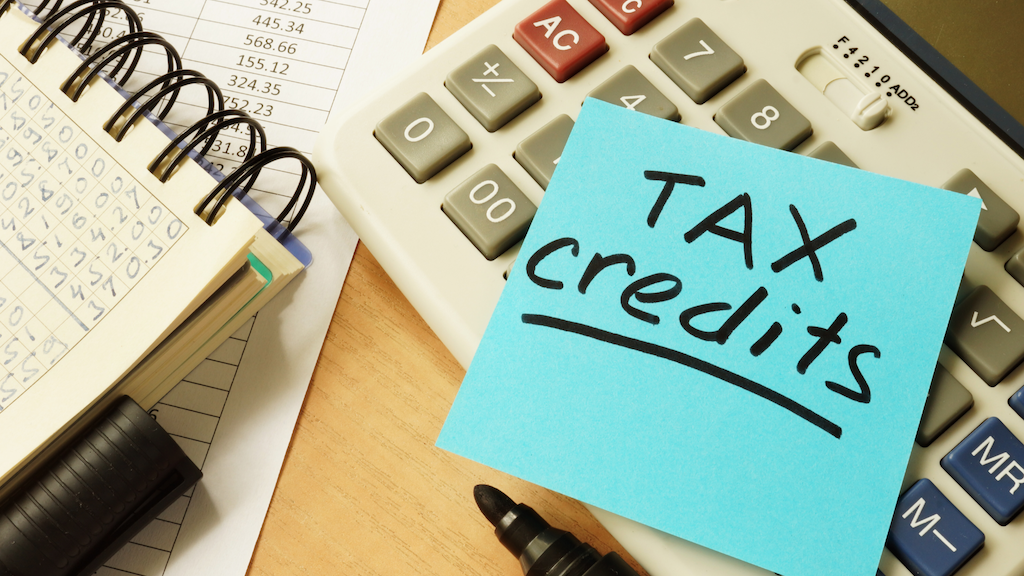Image source: Canva.com
If you’re thinking about adding solar panels to your home, evaluating the potential return on investment (ROI) is essential. Unlike the solar payback period – which measures how long it takes to break even – ROI examines the overall financial benefits and savings a photovoltaic (PV) system can provide over its lifetime. Since solar panels often involve a substantial upfront cost, understanding whether you’ll recover your investment can help you decide if they’re the right choice for your home.
While many homeowners achieve a positive ROI, the actual returns depend on factors like the location and size of the panels, available incentives, installation fees, and ongoing maintenance costs.
This article will guide you through the process of calculating solar savings and explore the variables that may influence your expenses.
Average ROI for Solar Panels in the U.S.
In the United States, the average ROI for solar panels is about 10%, meaning you’ll gain roughly $10 in profit for every $100 spent on your solar power system. Over time, a 6-kilowatt system could save the average household approximately $1,500 per year, or about $125 per month.
Variability in Solar ROI
It’s important to remember that all investments carry risks, and solar panel ROI can vary widely. While some homeowners may experience lower returns or only break even, others could see returns of 20% or more.
To estimate your potential ROI, consider calculating your expected savings or consulting with local solar providers. They can offer personalized quotes and a detailed breakdown of costs, helping you make an informed decision about whether solar panels are a worthwhile investment for your home.
Solar Panel Payback Period: What to Expect
The solar panel payback period is the time it takes to recoup your initial investment through savings on your utility bill. You can calculate this by dividing your initial cost by your annual savings.
Most households can expect to break even within 8 to 13 years, though this timeframe can vary based on factors such as whether you apply the federal solar tax credit to your initial costs.

Residential Clean Energy Credit: A Comprehensive Guide
How Solar Panels Cover Their Costs
Homeowners can break even or save on their solar panel investment thanks to several key benefits.
Reduced Energy Bills
Solar panels significantly reduce electricity costs. By generating your own solar power, you can cut your utility bill by an average of $125 per month. Additionally, some states and local utility companies offer net metering programs, where your energy provider will purchase any excess energy your system produces, issuing you credits in return.
Solar Incentives
Government incentives can accelerate the solar payback period. The most significant is the federal tax credit for solar photovoltaics (PV), which offers a one-time 30% credit on the total cost of a residential solar system. Some states also provide tax credits and similar programs to enhance these savings.
Increased Property Value
Solar panels can also increase your property value. Many homebuyers find solar power desirable and may be willing to pay more for a home that promises lower utility bills over time.
Key Factors Influencing Solar Panel ROI
Several variables influence the potential return on investment (ROI) for solar panels.

Installation Costs
The national average cost to install solar panels is around $16,000, but this can range from $4,500 to $35,000. The final cost depends on factors such as the type and model of solar panels you choose and any incentives applied after installation.

Inspection Fees and Permits
In some areas, you’ll need various permits to install solar panels, including electrical, building, or dedicated PV panel permits. These can add several hundred dollars to your investment. Additionally, a PV solar array inspection at installation typically costs $150 to $300. Depending on your location, you may need an inspection every one to two years after installation.

Maintenance and Repair
Regular cleaning and maintenance are essential for solar panels to operate efficiently. Expect to pay about $150 annually for maintenance. While solar panels generally last 25 to 30 years and require few repairs, any failures in panels, wiring connections, or batteries will necessitate replacement costs.

Efficiency
The ROI of your solar panel investment depends on how much energy your system produces. Installers will optimize the placement and orientation of your panels for maximum efficiency, but factors such as sun exposure and weather conditions are beyond your control.
Calculating Your Solar Panel ROI
Follow these steps to determine your expected solar payback period and ROI:
Calculate Your Total Initial Solar Costs
Include the cost of equipment, labor, permits, inspections, taxes, and other fees.
Apply Tax Credits and Other Incentives
Most homeowners qualify for a 30% federal tax credit on the total cost of their system. You may also qualify for state and local incentives that can further reduce your initial cost. After applying incentives, you’ll have your adjusted initial investment amount.
Estimate Your Annual Energy Costs
Use your recent utility bills or average rates in your area to estimate your annual energy cost.
Calculate Your Solar Payback Period
Divide your initial investment by your annual energy cost. This gives you the solar payback period, or the number of years it will take to recoup your initial investment.
Calculate Your Lifetime Savings
Subtract your solar payback period from 25, the typical lifespan of a solar panel system. Multiply the remaining years by your annual energy cost to determine your lifetime savings.
Calculate Your Solar ROI
Subtract your initial investment from your lifetime savings to find your total ROI. Divide this by your initial investment and multiply by 100 to get your ROI percentage.
By following these steps, you can assess whether solar panels are a good investment for your home.
Variations in Solar Panel ROI Across Locations
The return on investment (ROI) of your solar panels varies significantly based on your location. This is influenced by factors such as climate, annual sunny days, state-specific solar costs, and incentive programs.
For instance, Arizona offers a 25% tax credit for solar panel system purchases. Many states, like New Jersey and Maine, offer net metering programs to compensate residents for excess solar production and provide property tax exemptions. Indiana exempts solar system components from its 7% state sales tax, while Pennsylvania offers substantial rebates for solar equipment.
States with the shortest solar payback periods include Connecticut, Arizona, Florida, and Alabama, where residents can recoup their solar panel costs more quickly compared to other states. Conversely, Utah, Illinois, Colorado, and Wisconsin have longer payback periods.
Hawaii faces higher initial solar costs but typically sees greater long-term savings compared to residents of other states.
Are Solar Panels a Good Investment?
The return on investment (ROI) for solar panels varies based on your specific circumstances. Most U.S. homeowners can lower their utility bills and leverage various federal, state, and local incentives to reduce upfront costs. Over time, solar panels typically pay for themselves through monthly energy savings and can continue to generate income. With a lifespan of up to 25 years, they also add considerable value to homes in many regions. To assess whether solar panels are a worthwhile investment for you, consult reputable local solar companies to compare quotes and evaluate potential ROI.





